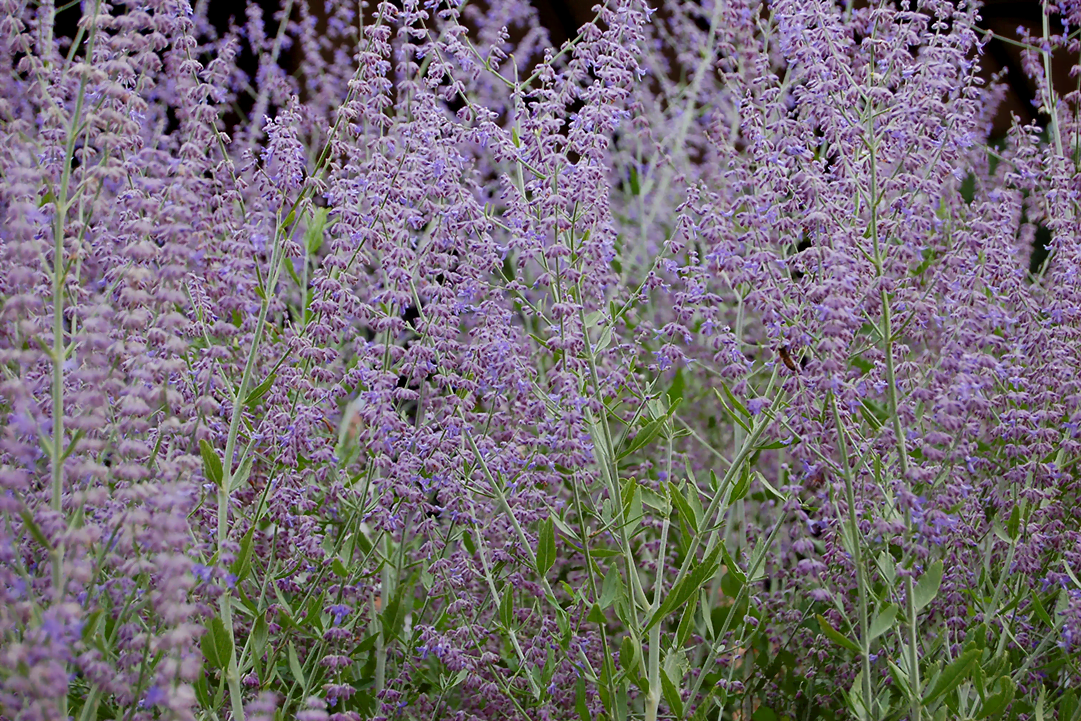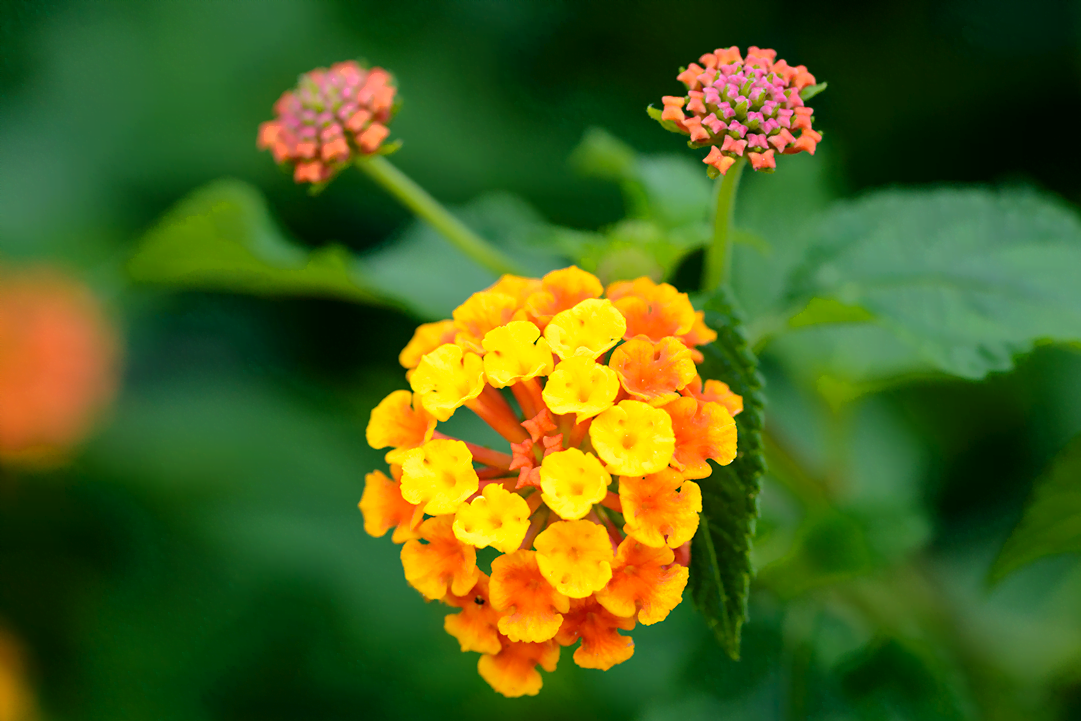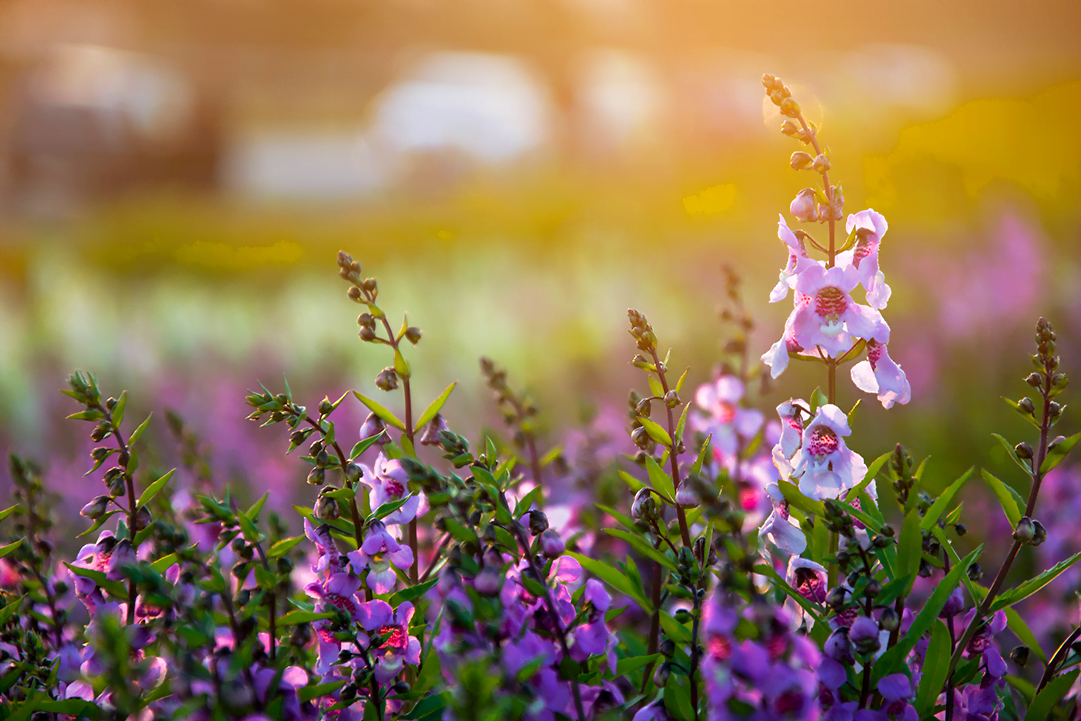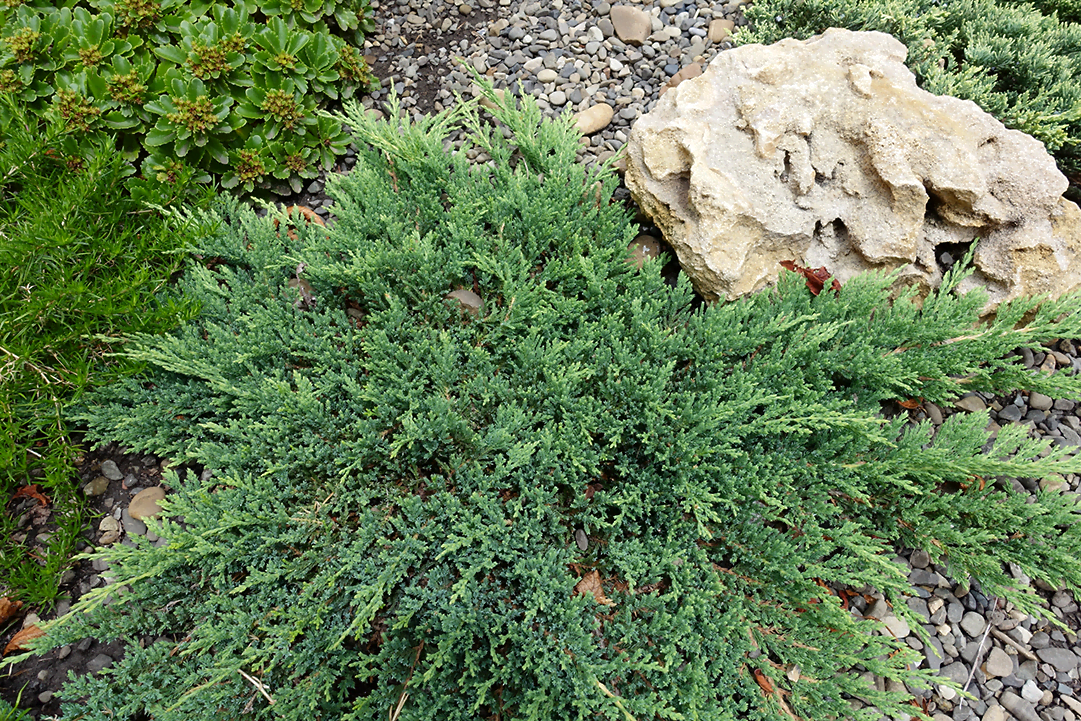Looking to add a soft pop of lavender to your garden? Look no further than Russian sage, the flowering perennial known for its distinctive, pastel-purple bloom from summer into fall. Russian sage is one of the easiest plants to grow, requiring very little water and capable of withstanding the harshest elements of every season up north.
Scientifically known as Perovskia atriplicifolia, Russian sage can grow up to four feet tall, with a span of about three feet wide. Its stems are feathery, and its leaves give off an unmistakable fragrance. Plant Russian sage in flower beds and along borders, preferably in direct sunlight. Because of its ability to thrive in cold conditions, it might very well be the highlight of your garden in fall.
Did You Know?
Russian sage is neither Russian nor sage. It is, however, closely related to the sage genus, Salvia.
Other Fun Facts About Russian Sage
- Russian sage is actually from central Asia, where it grows in mountainous regions.
- Once established, Russian sage is drought tolerant.
- In traditional medicine, Russian sage has been widely used as an antipyretic (fever reducer).
- You can dry Russian sage flowers and use them for decoration—or, eat them in a salad!




